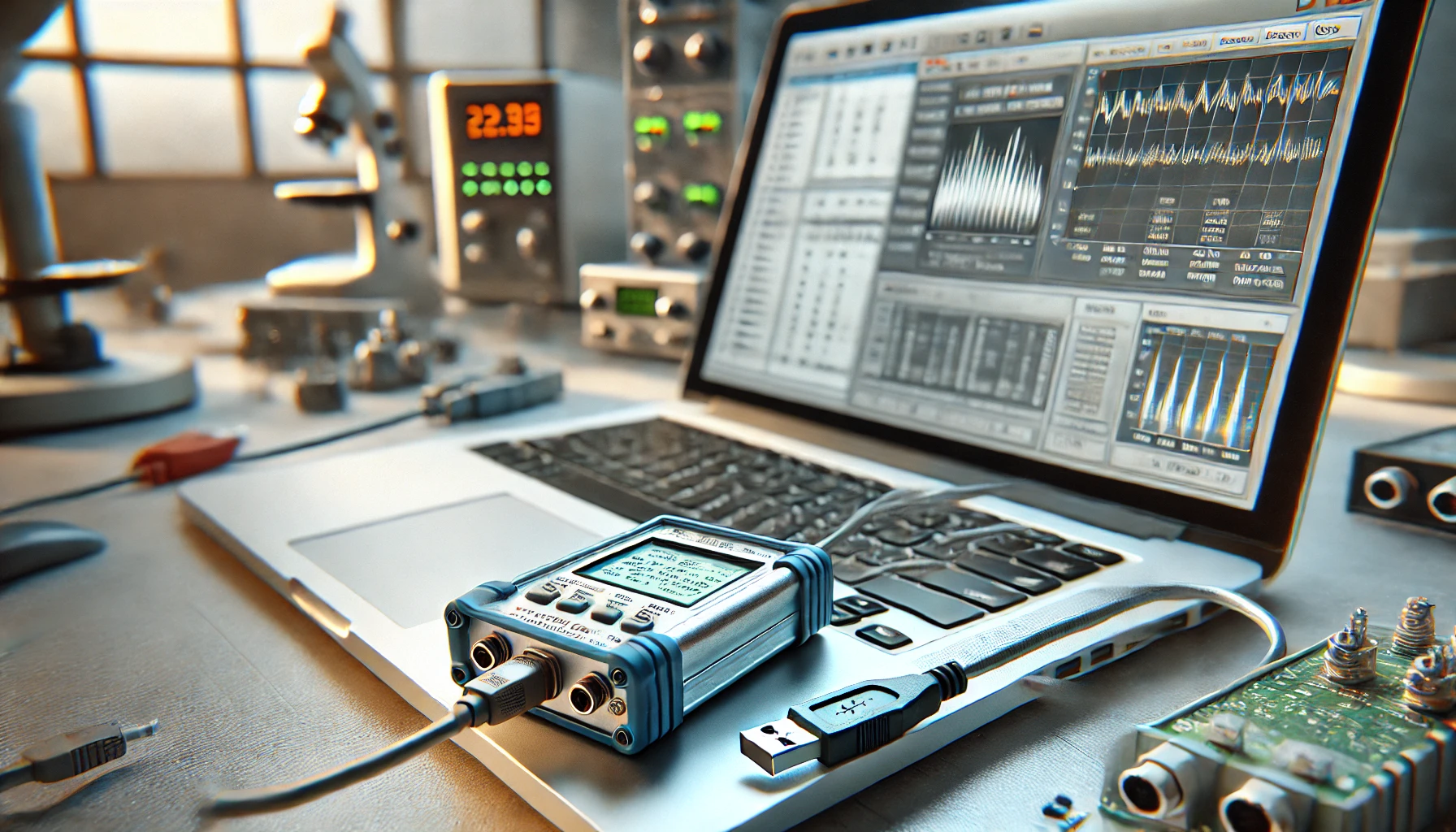Streamlining Data Collection With USB DAQ: A Step-by-Step Guide

Have you ever found yourself struggling with complex data collection tasks? Do you wish there was a simpler way to gather and analyze data efficiently? USB DAQ (Data Acquisition) systems may be the solution you're looking for. In this guide, we'll break down the process of using this for streamlining data collection.
By the end, you'll have a clear understanding of how to optimize your data acquisition process and improve your overall efficiency.
Understand DAQs
Before diving into the process, it's important to understand what DAQ is. These are devices that are used to measure and record various types of data from different sensors and instruments.
They connect to your computer via a USB port, making them highly portable and easy to use. These devices are widely used in various industries, from engineering to research, due to their flexibility and efficiency.
Set Up Your DAQ Device
First, ensure you have all the necessary components. This typically includes the DAQ device itself, any required cables, and the software that comes with it.
Start by installing the software on your computer. This software often provides the interface through which you will control your data acquisition activities. Next, connect the DAQ device to your computer using the provided USB cable. Your computer should recognize the device automatically.
Configure Your Data Acquisition Settings
Once your device is connected, the next step is to configure your data acquisition settings. Open the software and navigate to the settings section.
Here, you can specify the type of data you wish to collect, such as:
- temperature
- pressure
- voltage
Set the data sampling rate, which determines how frequently data is recorded. Finally, define the data logging parameters to ensure that your data is stored correctly for future analysis.
Optimize Data Acquisition
To optimize your data acquisition process, consider implementing efficient data collection methods. Review your sampling techniques to ensure you're gathering data at appropriate intervals.
It's also helpful to test and calibrate your sensors regularly to maintain accuracy. Often, professional data acquisition systems come with built-in features to help with this, enhancing the precision and reliability of your data.
Troubleshoot Common Issues
Even with the best setup, you might encounter some common issues. If your data appears inconsistent, double-check your sensor connections and settings. Sometimes, software updates can cause compatibility issues, so ensure your software is up-to-date.
Additionally, if your device isn't recognized by your computer, try using a different USB port or cable. Many issues have simple solutions, so a little troubleshooting can go a long way.
Best Practices for Data Logging
Implementing effective data-logging strategies is crucial for a smooth data-gathering process. Always name your data files clearly and keep them organized in a dedicated folder.
Regularly back up your data to avoid loss. Ensure your data logging intervals are consistent to maintain a reliable record. Finally, periodically review your data to check for any anomalies or trends that may need further investigation.
Simplifying Data Collection With USB DAQ
Using USB DAQ can greatly simplify the data collection process. By following this guide, you'll be able to set up, configure, and optimize your data acquisition system efficiently. This will lead to more accurate data and streamlined operations.
Head over to our blog for more interesting reads like this!